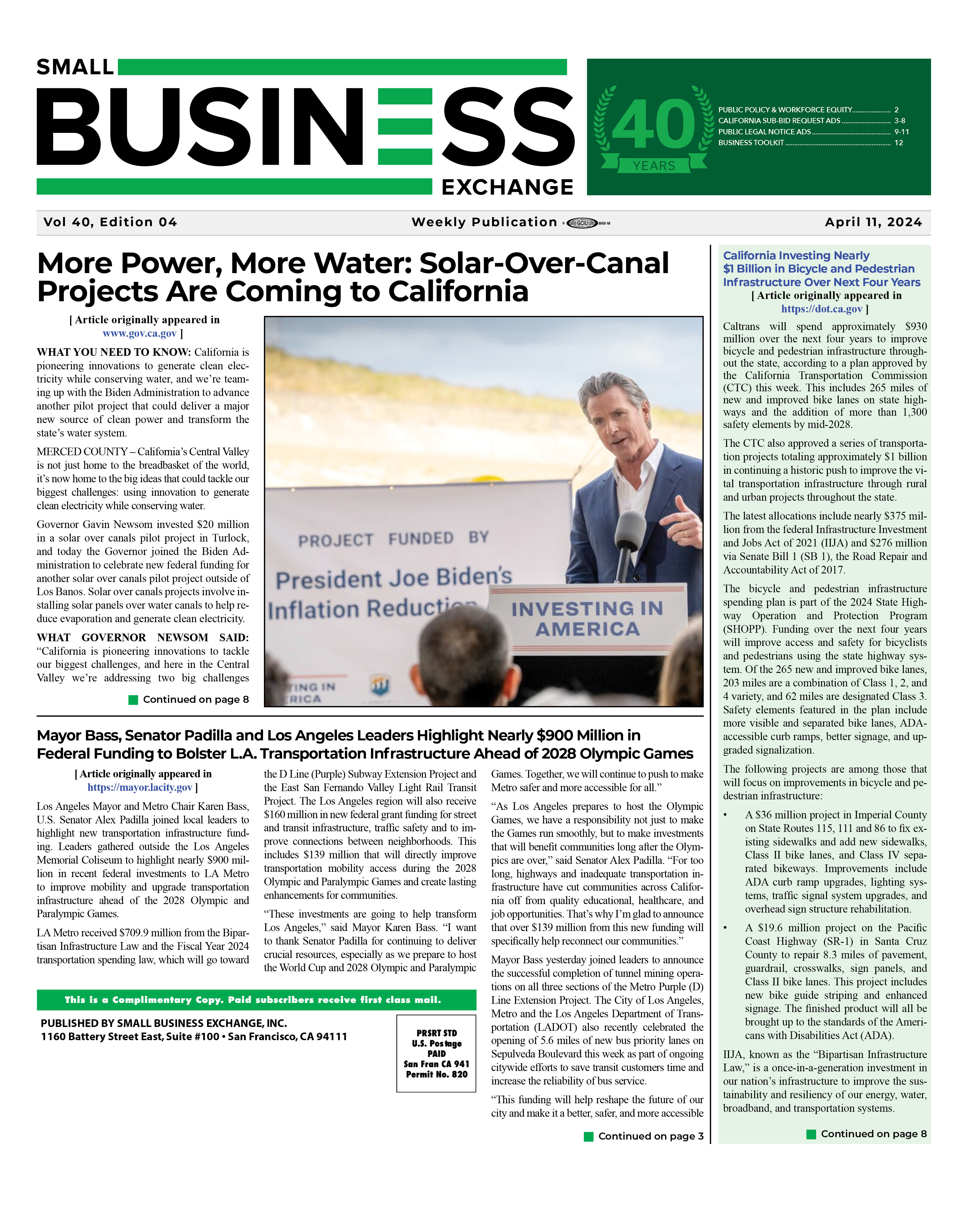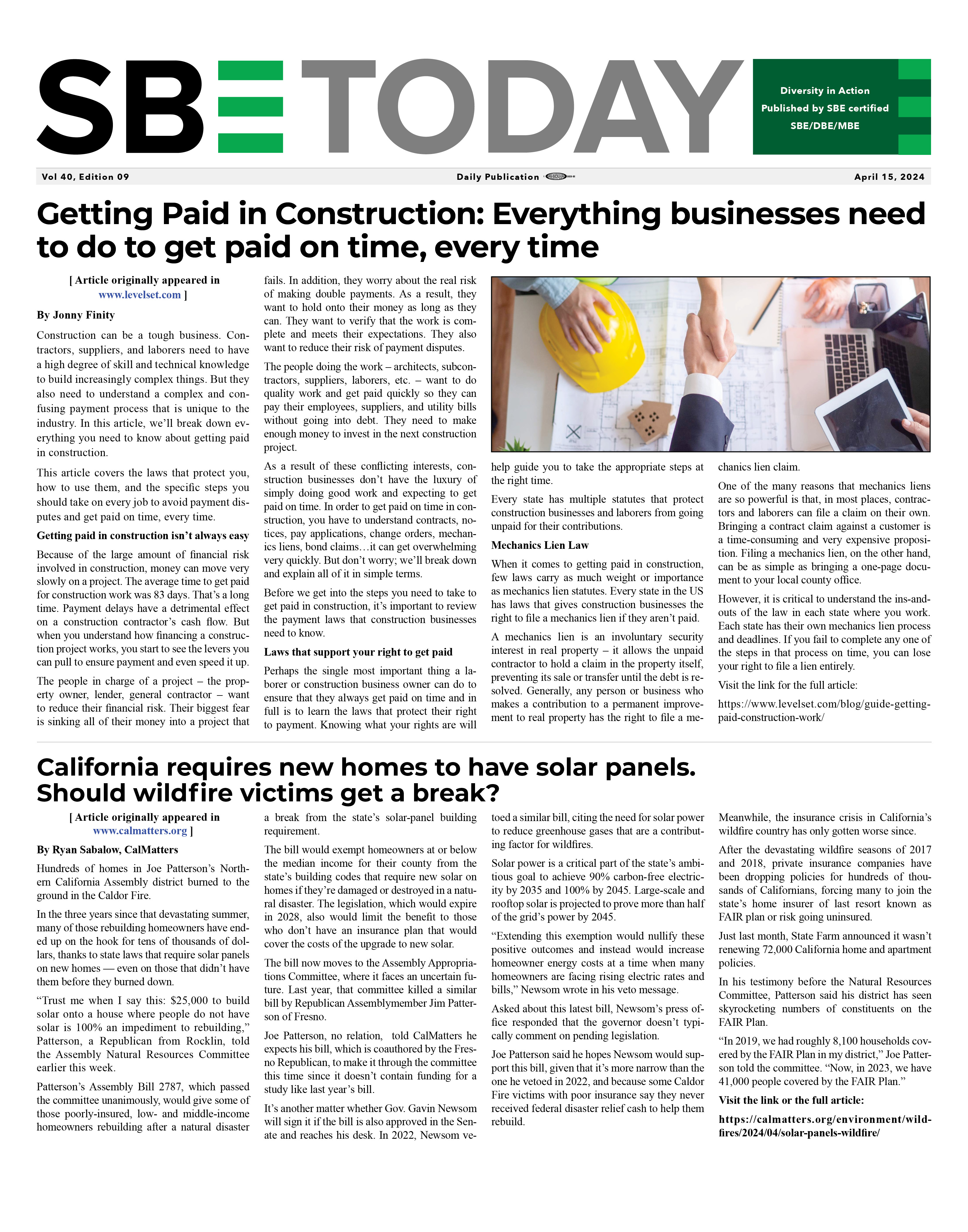|
|
New Report: California’s Clean Mobility Programs Can Guide National Efforts
04/02/2021
As the Biden administration advances ambitious proposals to spur the transition to electric vehicles and promote clean transportation and environmental justice, The Greenlining Institute has released a detailed examination of California’s pioneering programs aimed at similar goals: Clean Mobility Equity: A Playbook. California’s experiences could provide lessons for the rest of the country. As Caltrans recently acknowledged, past transportation projects divided and harmed communities of color and low-income neighborhoods. In recent years the state has launched a variety of pilot programs designed to promote both clean mobility and racial/economic equity, hoping to fight climate change while beginning to right some past wrongs. These programs, ranging from clean vehicle purchase assistance to a low-emissions vanpool program for agricultural workers and other forms of electric shared mobility, represent the future of mobility both in California and nationwide. “Clean mobility can do more than just fight climate change,” noted Hana Creger, lead author of the report. “It can build community and create new opportunities in the neighborhoods that for too long have had the least. The Biden administration should look at California’s example and copy what works.” Greenlining conducted a detailed equity evaluation of a dozen of these pilot programs based on the organization’s Six Standards of Equitable Investment – standards emphasizing that programs need to be driven by community-identified needs and provide intentional benefits to underserved communities. In addition to specific suggestions for the individual programs, Creger and her co-authors created a broad set of recommendations for policymakers in California and throughout the U.S. who seek to build a clean transportation system that truly serves all communities. Key recommendations include:
Chanell Fletcher, Deputy Executive Officer of Environmental Justice at the California Air Resources Board, praised the report: “We know how essential clean transportation is for low-income communities and communities of color. This report is an amazing resource that will elevate the variety of California clean mobility equity pilot programs. These programs will fight climate change, reduce air pollution, and most importantly improve access to opportunities for low-income communities and communities of color.”
To learn more about The Greenlining Institute, visit www.greenlining.org. Back To News |
|




